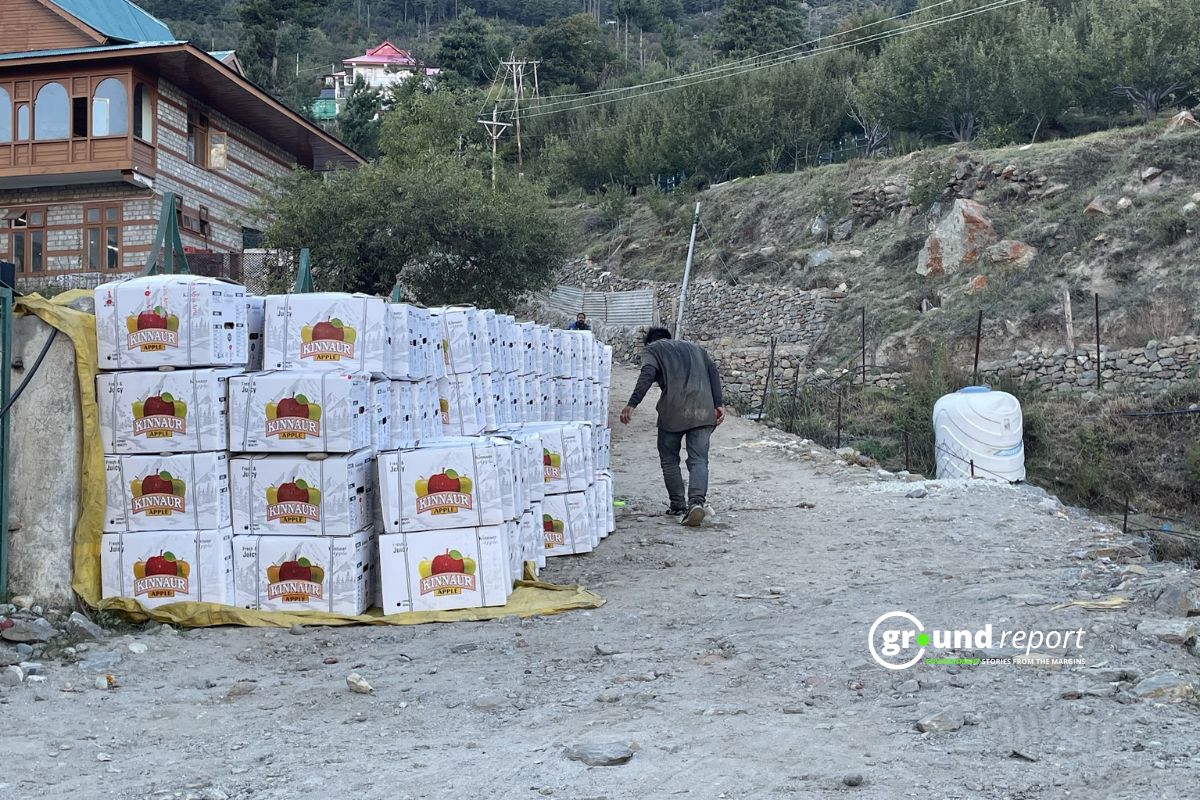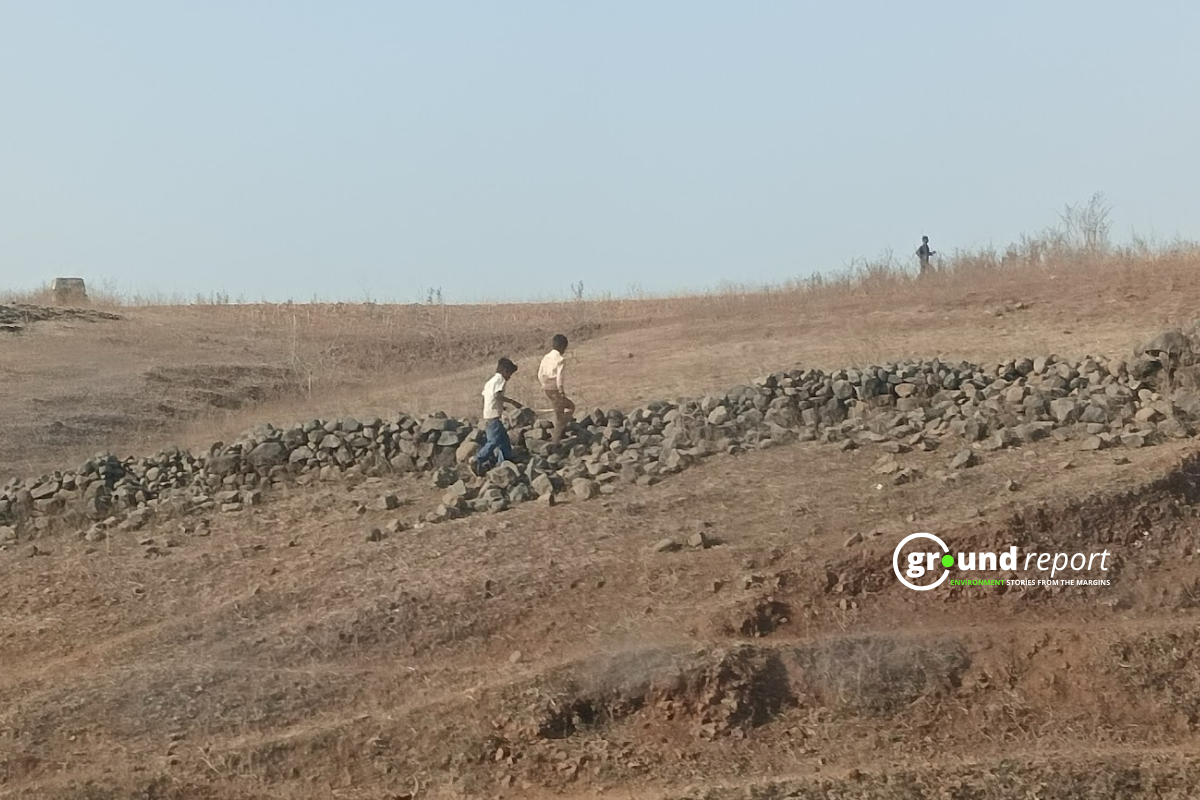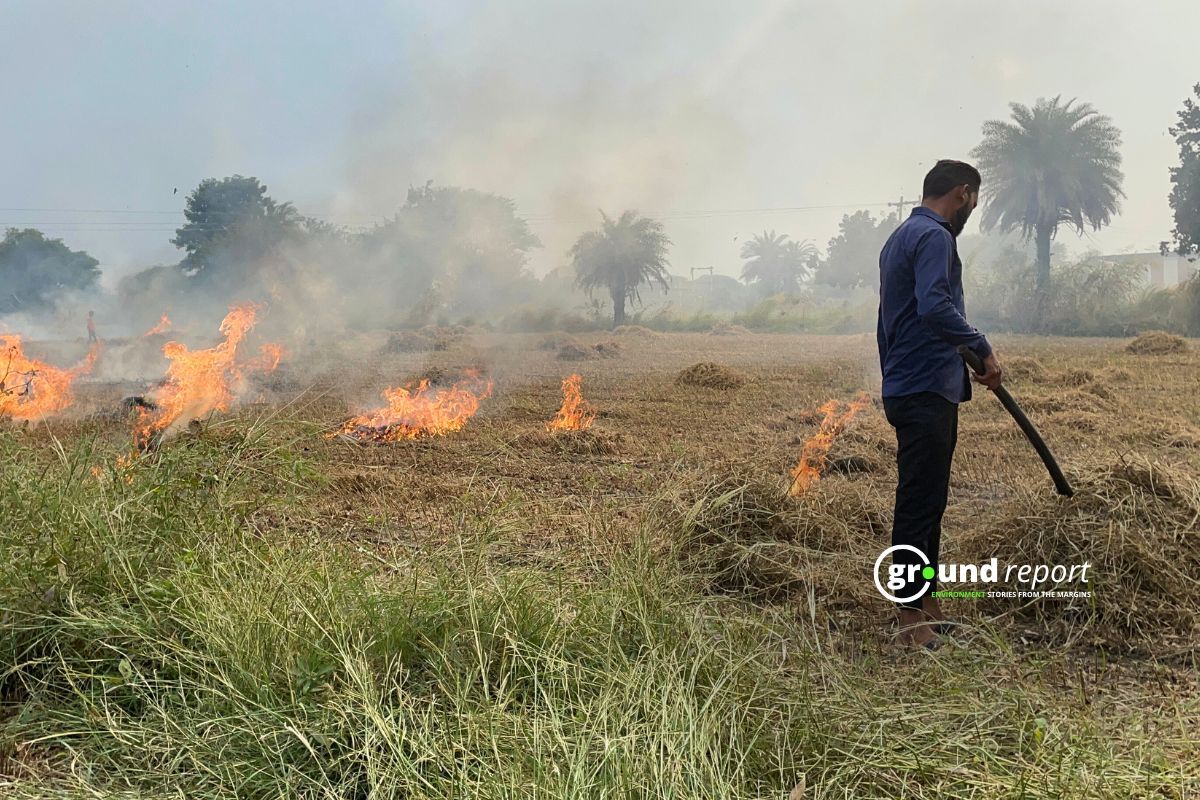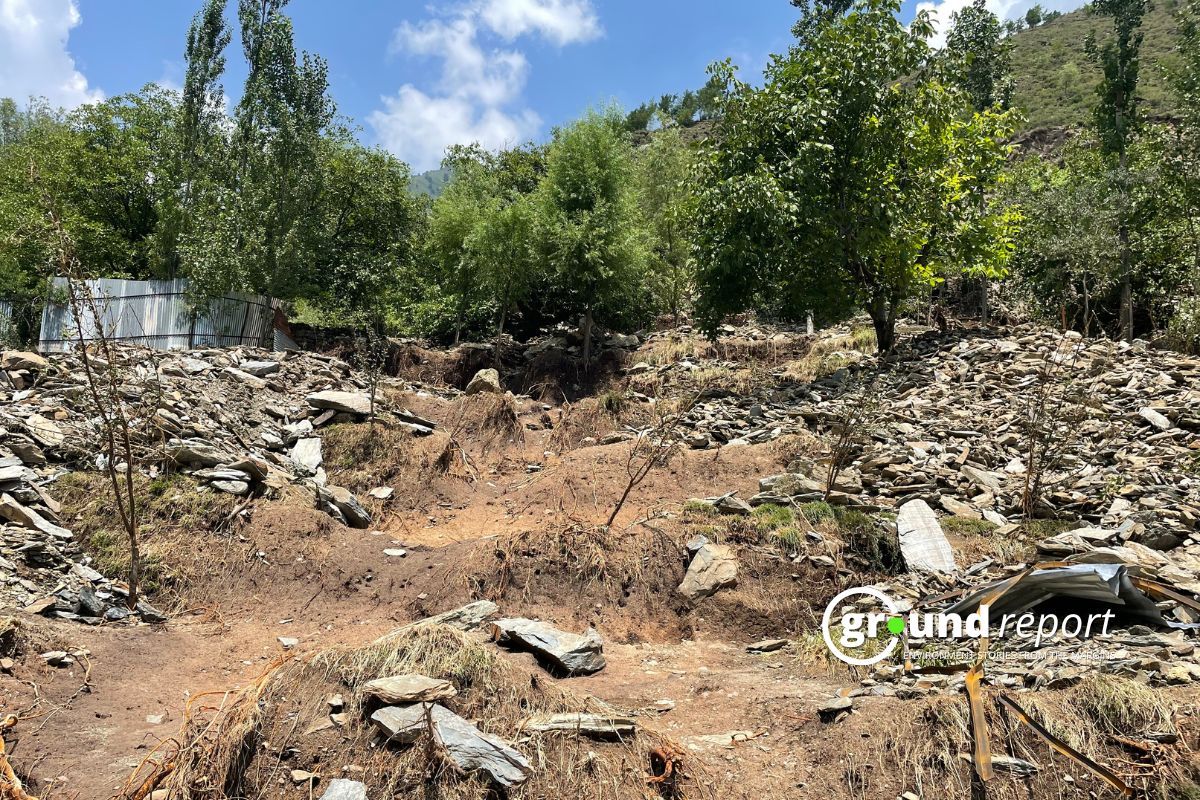In the first five months of 2024, 12.5 lakh tourists visited the Kashmir Valley alone, as per the Jammu and Kashmir Department of Tourism. Last year, more than 2.1 crore tourists visited J&K, while the numbers stood at 1.8 crore the year prior. Kashmir Valley, known for its picturesque landscapes, attracts a large number of tourists each year. Nestled between the great Himalayan mountains, the valley boasts several iconic tourist attractions which attract a large number of tourists. The tourism sector is considered a vital cog for the local economy in the valley, generating various employment and business opportunities.
The tourist numbers have ebbed and flowed throughout the chequered history of the conflict-hit region. The numbers fell drastically during the 1990s, when the region saw an outbreak of militancy. But, as the situation progressed at the turn of the century, tourist arrivals saw improvement, reaching their peak in 2013. But the growth slowly tapered as the decade progressed.
Come 2019, when the state’s identity was transformed with the abrogation of Article 370, the industry was hit hard. The state-imposed lockdown brought the numbers to zero. In March of 2020, the Covid outbreak broke its bone. The industry reported losses running into thousands of crores. However, as the situation eased, the numbers drastically picked up, reaching figures of one crore arrivals in 2022. Furthermore, the administration had touted the tourist numbers to surpass 2.25 crore last year. In a bid to expand the tourist map, the government opened up hitherto unknown places to tourists, such as Bungus Valley, Gurez Valley, and Karnah-Teetwal on the India-Pakistan border.

Another side of growth
While the growth of the sector promises a substantial economic boost, there are concerns about the impact on the region’s fragile ecology. The ever-increasing numbers are likely to put a strain on the carrying capacity of the tourist destinations and the over-ecology of the valley.
Dr Reyaz Qureshi, Professor of Tourism Studies at the University of Kashmir, emphasised the need to respect the carrying capacity of any tourist place. Carrying capacity refers to the average population size of a species that a specific habitat can sustain. Environmental factors such as sufficient food, shelter, water, and mating opportunities constrain the population size. When these resources are insufficient, the population will decline until the resources are replenished.
“The carrying capacity has a threshold level up to which people can go, the number that will not disturb the very ecology or environment of any particular destination or place,” Professor Qureshi remarked.
He said that for a place like Kashmir, relevant and properly planned infrastructure is the only way to ensure that the carrying capacity of any place is not breached. Citing the example of Gulmarg, he said, “Gulmarg is being projected as an international tourist destination but we don’t have more than 2500 beds across all hotel categories.” Reports however, suggest that the total number of beds in Gulmarg is around 1800.
He pointed out the inadequacy of the existing infrastructure to meet the current demand. As per the latest economic survey of the J&K government, the UT has a total room capacity of 58,100, with the person occupying a capacity of 1,24,196 (including government and private sector).
“Infrastructure determines the carrying capacity of a particular place,” he said, referring to the increased rush of tourists and the overall infrastructural paucity in the region. He said that Kashmir has a very fragile ecology and tourism is an important sector here.
“Being in a hilly state, we have limited sources of livelihood and tourism can provide a good source of earning livelihood.” He further stressed the tourism infrastructure and said, “How can tourists enjoy a particular destination if they lack the required facilities and services.”
A paper researching the carrying capacity of some of the popular destinations, published in November 2018, observed that the ecological nature of Gulmarg was quite sensitive and needed careful handling.
“It is evident that the existing carrying capacity is almost exhausted and the projected pattern suggests that in 2020 it will cross the sustainable development limit. The negative sign indicates that by 2020, the expected capacity will be exceeded by 7211 people. Hence, it is not advisable to allow further constructions in the vicinity of fragile areas and only upgradation of existing infrastructure in standard ways should be encouraged.”
The numbers have grown manifold since. In the financial year 2023–24 alone, the Gulmarg Gondola saw over one million visitors.
The research paper noted, “Such stress often leads to irreparable damage to the ecosystem and causes pollution to the resources that it strives upon.” It further noted that such stress was bound to have implications for both locals and tourists. It cautioned about limiting tourist flow below the carrying capacity of a particular place to safeguard its resources.

“Prerequisites for Sustainability”
The above-mentioned views resonated with Dr. Reyaz. He termed the regulation of tourist activities as a “prerequisite for sustainability”. He stressed the need for creating a tourism policy.
“We have a draft tourism policy but it has not been given concrete shape. Coordination between governmental and non-governmental organisations is needed, which is unfortunately lacking, as can be seen with the new tourist destinations like Bungus and Gurez, where incessant rush of people has created tonnes of solid waste.”
Dr Reyaz talked about the phenomenon called ‘over’ tourism, i.e. when a tourist place has an excess influx of tourists. He claims,
“It is a common phenomenon that, with time, connectivity has improved and people have more leisure time and disposable income, leading to an increase in tourist activity. We can already see glimpses of what we call ‘over-tourism’, and it is already exceeding our thresholds.”
He remarked that to prevent ‘over’ tourism, the government must take steps and have proper regulation policies. “It is the responsibility of the government to control ‘over’ tourism by diverting the tourists from primary tourist destinations to the countryside or secondary tourist destinations and raising the infrastructure as per the requirement.”
“We have to do proper land use planning. We have seen that with increased connectivity, there has been a rapid influx of tourists. That needs to be managed in a cohesive manner where the flow to these destinations is regulated,” he added.
Keep reading
Follow Ground Report for Environmental News from India. Connect with us on Facebook, Twitter, Koo App, Instagram, Whatsapp and YouTube. Write us on GReport2018@gmail.com and subscribe our free newsletter.
Don’t forget to check out our climate glossary; it helps in learning difficult environmental terms in simple language.









